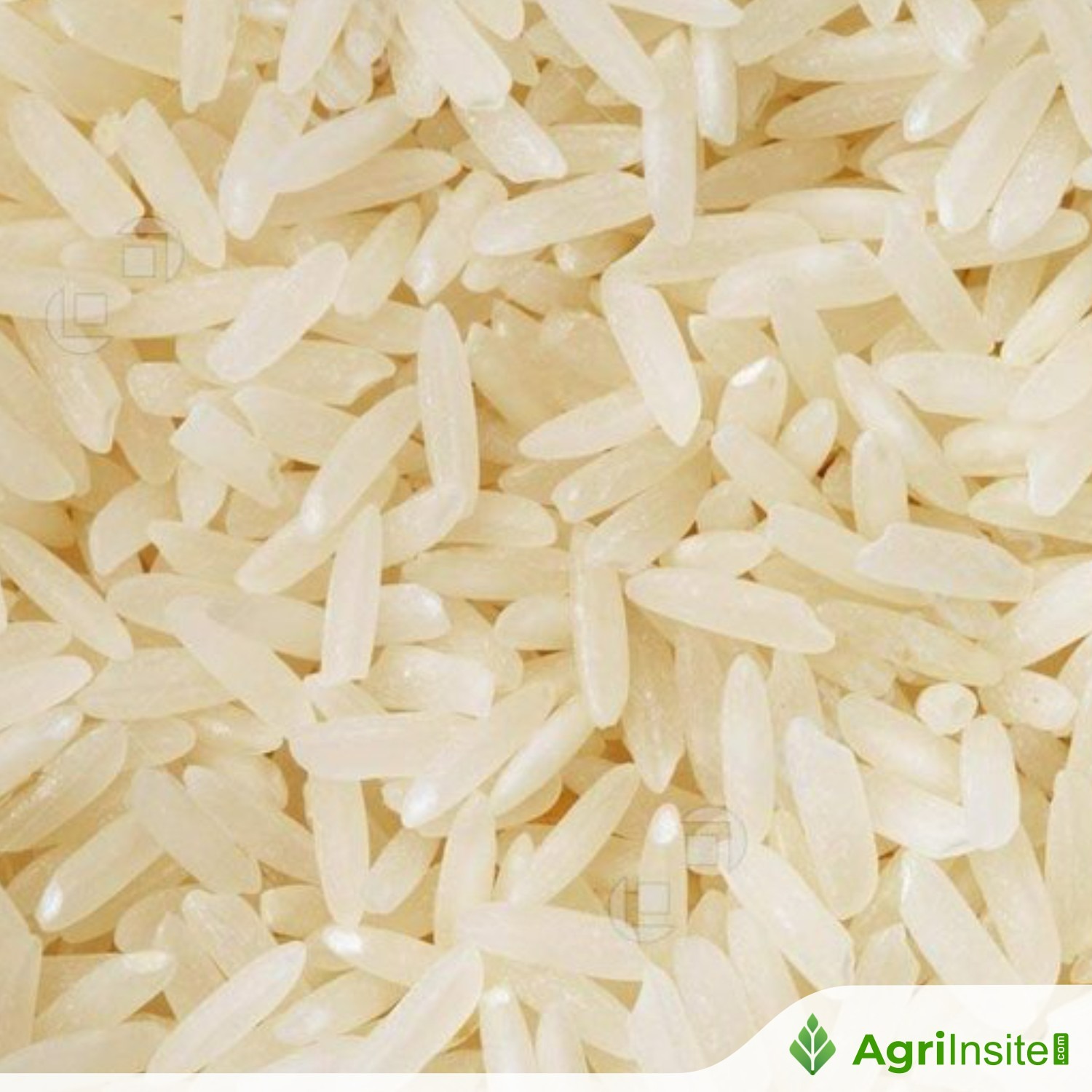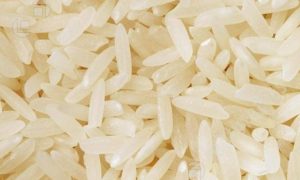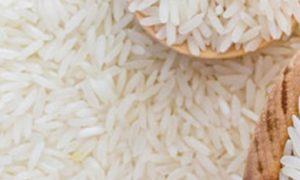Philippines : Global rice prices increased in May as demand grew

Benchmark global rice prices rose in May, driven by increased demand for fragrant varieties like Basmati and Thai Hom Mali, and currency fluctuations, said the UN’s FAO. The FAO All Rice Price Index climbed 1.4% to 106.3 points. Fragrant rice prices surged 4.6% due to pre-Eid demand. Philippine rice imports dropped 15.8% year-on-year to 1.81 million metric tons.
MANILA, Philippines – Higher prices of fragrant rice varieties and strong demand, coupled with exchange rate adjustments, pushed up benchmark international rice prices in May. This is according to the United Nations’ Food and Agriculture Organization (FAO).
In a report, the UN agency stated that the FAO All Rice Price Index averaged 106.3 points last month. This meant a 1.4 percent increase from 104.9 points in April.
This index trails 21 rice export quotations across four grain varieties: indica, aromatic, japonica and glutinous.
The FAO said prices of fragrant grains “were responsible for much of the increase” in the rice index. Likewise, the Aromatic Index, which monitors price movements in Basmati and fragrant rice, climbed by 4.6 percent.
“Strong Basmati demand ahead of Eid al-Adha drove this increase, as did front-loading of Thai Hom Mali to the United States, following the 90-day pause to the additional import tariffs approved by the United States in early April,” it said.
The Japonica index increased by one percent, as Calrose prices rose due to strong sales to Japan. Meanwhile, persistently high domestic prices in Japan fueled expectations for additional imports to the East Asian country.
Indica prices inched up by 0.7 percent, while glutinous quotations were largely steady.
Among major rice suppliers in Asia, Indica export prices were mixed last month. In Thailand, prices rebounded to three-month highs after the 2024-2025 offset harvest concluded and the Thai baht appreciated against the US dollar.
In India, rice sales to Africa propped up white rice prices, while Rabi and Summer harvests pushed down quotations for parboiled rice.
Meanwhile, export prices in Pakistan and Vietnam have changed slightly due to sluggish demand and competition from other suppliers.
The Philippines depends on rice imports to meet a portion of its staple food needs. Thus, any change in global rice prices may affect retail prices.
Rice imports totaled 1.81 million metric tons (MT) as of May 29. This was a 15.8-percent year-on-year decrease from 2.15 million MT, data from the Bureau of Plant Industry showed.
To Read more about Rice News continue reading Agriinsite.com
Source : Business Inquirer














